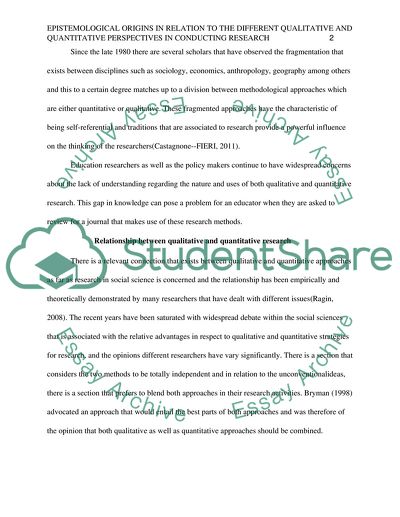Cite this document
(“Qualitative and Quantitative Perspectives in Conducting Research Essay”, n.d.)
Qualitative and Quantitative Perspectives in Conducting Research Essay. Retrieved from https://studentshare.org/health-sciences-medicine/1643757-qualitative-and-quantitative-perspectives-in-conducting-research
Qualitative and Quantitative Perspectives in Conducting Research Essay. Retrieved from https://studentshare.org/health-sciences-medicine/1643757-qualitative-and-quantitative-perspectives-in-conducting-research
(Qualitative and Quantitative Perspectives in Conducting Research Essay)
Qualitative and Quantitative Perspectives in Conducting Research Essay. https://studentshare.org/health-sciences-medicine/1643757-qualitative-and-quantitative-perspectives-in-conducting-research.
Qualitative and Quantitative Perspectives in Conducting Research Essay. https://studentshare.org/health-sciences-medicine/1643757-qualitative-and-quantitative-perspectives-in-conducting-research.
“Qualitative and Quantitative Perspectives in Conducting Research Essay”, n.d. https://studentshare.org/health-sciences-medicine/1643757-qualitative-and-quantitative-perspectives-in-conducting-research.


